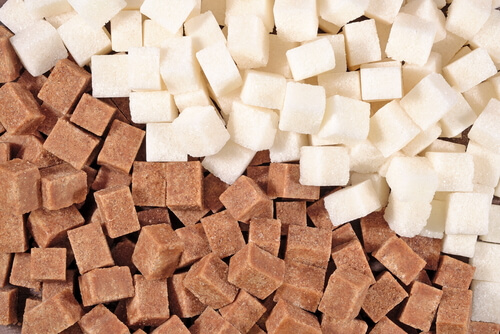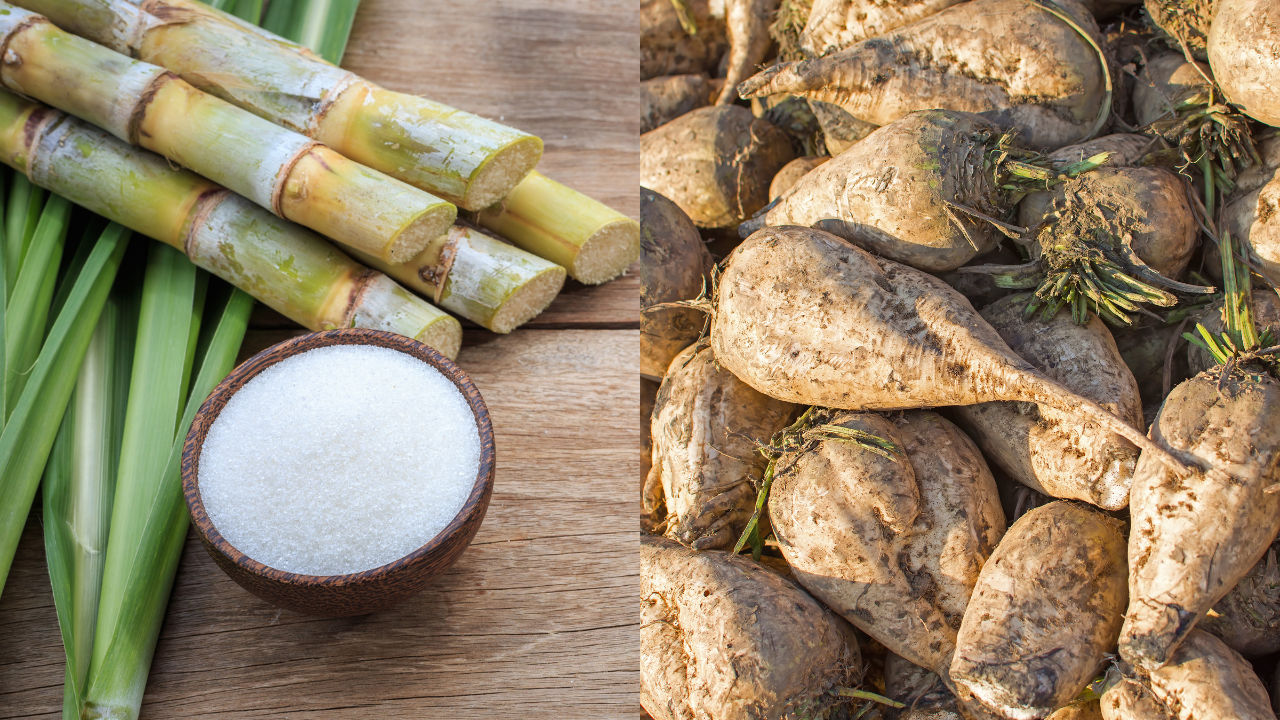Recognizing the Nutritional Advantages of Beetroot Sugar Vs Cane Sugar for Wellness Conscious Customers
When analyzing the nutritional implications of beetroot sugar versus walking stick sugar, health-conscious consumers discover that both ranges mainly include sucrose and deal similar caloric worths, each contributing around 16 calories per teaspoon. Despite this similarity, neither kind confers considerable health and wellness benefits, as they are lacking crucial nutrients. Checking out the wider effects, consisting of ecological factors to consider and long-lasting health and wellness impacts of sugar consumption, might illuminate much more nuanced differences between these 2 sugars.
Nutritional Profile and Caloric Value of Beetroot Sugar and Cane Sugar
Although both beetroot sugar and walking cane sugar are mainly composed of sucrose, their nutritional accounts and caloric values are remarkably similar. Each gives around 16 calories per teaspoon and consists practically entirely of carbs, with marginal amounts of healthy protein or fat. These sugars additionally lack significant amounts of vitamins or minerals. The refinement procedure remove the majority of the integral nutrients, rendering both types virtually the same in regards to nourishment. There are trace distinctions in the pollutants that remain after processing, which can a little affect the flavor and shade of the sugars, yet these are negligible in regards to wellness effect. For consumers concentrating on dietary effect, the selection between beet and walking cane sugar is much more about personal choice or prospective ecological issues instead than dietary differences. Both should be consumed in moderation within a balanced diet regimen because of their high caloric content and absence of vital nutrients (beet sugar vs cane sugar).
Ecological Influence and Sustainability of Sugar Production
While the nutritional distinctions between beet sugar and walking stick sugar are minimal, their manufacturing procedures provide more significant disparities, specifically in terms of environmental impact and sustainability. Cane sugar manufacturing typically their website entails extensive land usage and deforestation, which adds to habitat damage and biodiversity loss. This agriculture is likewise linked with high water consumption and water air pollution due to the overflow of chemicals and fertilizers. On the other hand, beetroot sugar manufacturing typically needs less land and can be cultivated in even more temperate climates, which might lower the requirement for watering and the associated water source depletion.
Nevertheless, beet farming is not without its ecological challenges; it involves significant energy inputs, especially in the northern environments where it is expanded, as a result of the requirement for longer heating durations in sugar handling. Both sugar beetroot and sugar walking stick industries are checking out much more lasting practices, including plant turning, natural farming, and improved waste administration techniques to alleviate these effects.
Health Results and Recommendations for Sugar Consumption
Despite their minimal nutritional differences, both beet sugar and walking cane sugar can have damaging wellness effects when consumed in extra. High consumption of either sort of sugar adds to a series of health problems, consisting beet sugar vs cane sugar of obesity, kind 2 diabetes mellitus, and heart disease. Both sugars are pure sucrose and offer no important nutrients apart from calories, resulting in rapid spikes in blood sugar level levels upon intake.


Final Thought

Comments on “The discussion of beet sugar vs cane sugar often includes comparisons of their glycemic index.”